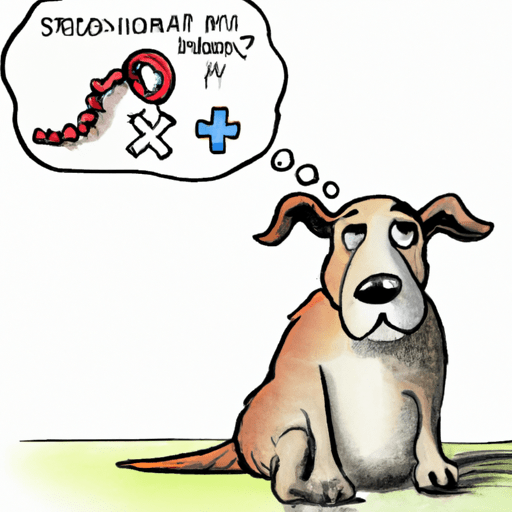“`markdown
How to Get Rid of Tapeworms in Dogs
As a caregiver, you play a pivotal role in ensuring the health and happiness of your furry friend. Unfortunately, sometimes health issues like tapeworms can pop up. Luckily, you’re not alone, and the following guide will help you navigate through this process.
Understanding Tapeworms
Tapeworms are intestinal parasites that latch onto your dog’s gut and feed off the nutrients they consume. They’re transmitted through fleas or by ingestion of infected rodents.
- Fleas: If your dog swallows a flea carrying a tapeworm egg, it can hatch in their intestines.
- Rodents: Dogs that hunt or eat rodents can ingest tapeworms directly.
Identifying Tapeworms in Dogs
Before you can treat your dog for tapeworms, you need to first identify the problem. Here are some common signs:
- Weight loss
- Vomiting
- Diarrhea
- Visible segments of the worm in your dog’s feces
- A change in appetite
Treatment Options for Tapeworms in Dogs
| Treatment Method | Duration | Effectiveness |
|---|---|---|
| Oral Medications | 2-3 weeks | High |
| Injections | Immediate | Moderate |
| Topical Treatments | 1-2 weeks | Varies |
Oral medications are generally the most effective. Always consult with your vet for the best treatment option.
Preventing Future Infestations
Prevention is the best cure. Here’s how you can keep your dog tapeworm-free:
- Regularly deworm your dog
- Keep your home and yard flea-free
- Prevent your dog from hunting or eating rodents
FAQs
Q: Can tapeworms in dogs be transmitted to humans?
A: Yes, though it’s rare. Proper hygiene can prevent transmission.
Q: How often should I deworm my dog?
A: This depends on your dog’s lifestyle, but generally, every 3 months is recommended.
Q: Are certain dogs more prone to tapeworms?
A: Dogs that hunt or have access to fleas are more at risk.
Remember, as a caregiver, your role is pivotal. Stay vigilant and attentive to your dog’s health. With proper care and prevention, tapeworms can be effectively managed and eliminated.
“`



